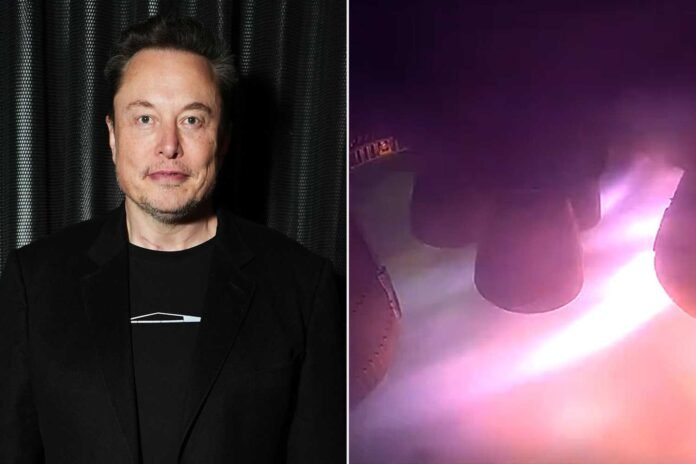SpaceX’s latest Starship test flight ended in a dramatic failure, halting progress temporarily. The spacecraft launched from Vandenberg Space Force Base in California, marking the ninth flight test of Elon Musk’s ambitious project to send humans to Mars by 2026.
Initially, the launch showed promise as the vehicle successfully reached Earth’s orbit. However, shortly after liftoff, a suspected propellant leak caused the spacecraft to lose altitude. Then, the Starship began to spin uncontrollably. Mission control soon lost control of the vehicle, according to reports from ABC News.
As the spacecraft re-entered Earth’s atmosphere, it could not withstand the intense heat. Consequently, the Starship broke apart in mid-air. The debris fell into the Indian Ocean, as reported by The New York Times.
SpaceX released a statement on X, acknowledging the failure. The company called it a “rapid unscheduled disassembly.” Despite the setback, SpaceX remains focused on learning from the test. They emphasized that such experiments help improve Starship’s overall reliability. The ultimate goal remains making life multiplanetary.
This test follows earlier challenges. During the eighth Starship flight, the rocket exploded shortly after launch in Texas. That explosion also caused disruptions, delaying flights at several airports in Florida, including Miami International and Fort Lauderdale-Hollywood. Smaller regional airports like West Palm Beach and Orlando also faced delays, CNBC reported.
After the eighth flight failure, SpaceX made several hardware upgrades to the Starship rocket. They shared these changes on their website, aiming to boost reliability. The Federal Aviation Administration (FAA) reviewed the improvements and gave approval for the ninth flight. SpaceX worked closely with the FAA, NASA, the National Transportation and Safety Board, and the U.S. Space Force during the investigation.
Unlike the previous launch, the recent test included the use of the Super Heavy booster rocket. SpaceX chose not to attempt catching the booster this time. Instead, the booster followed a trajectory toward an offshore landing in the Gulf of America. The company prioritized safety for the launch site over booster recovery.
Despite these setbacks, SpaceX continues to push forward with frequent flight tests. The company believes rapid testing allows faster learning and design improvements. Elon Musk’s goal of sending humans to Mars remains ambitious but alive, though now targeting 2026 instead of the earlier 2024 timeline.
SpaceX’s dedication to developing a fully reusable Starship vehicle remains strong. Each test, whether successful or not, moves them closer to this futuristic goal.
For more tech updates, Visit DC Brief.


